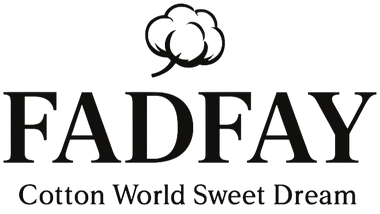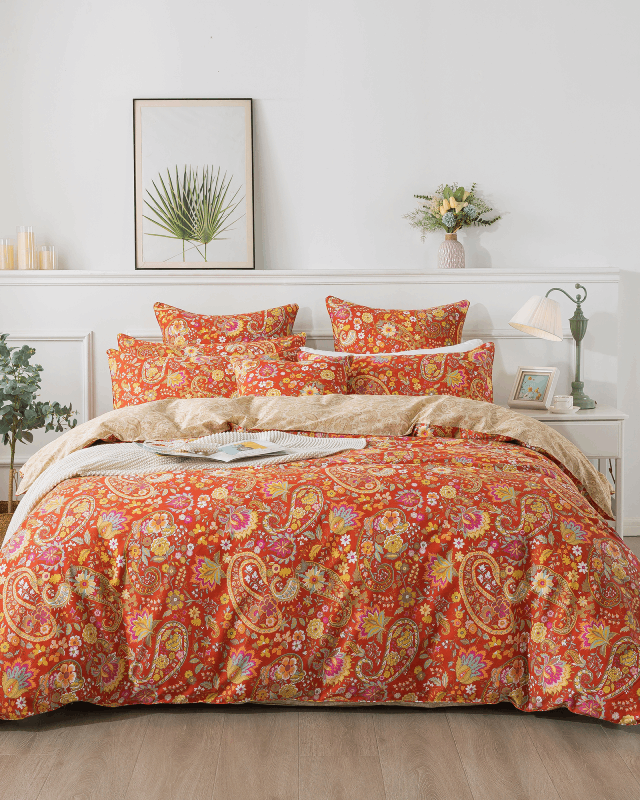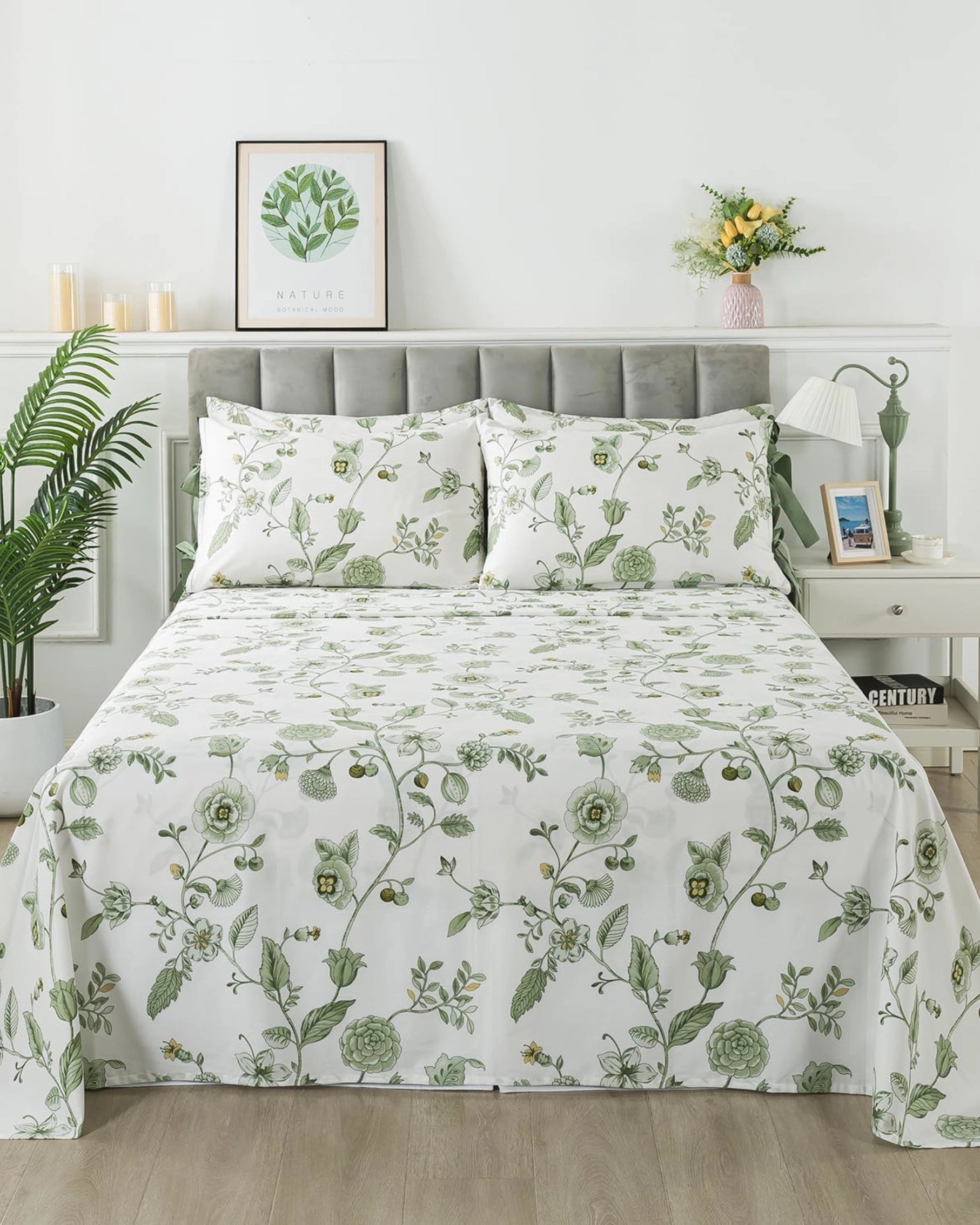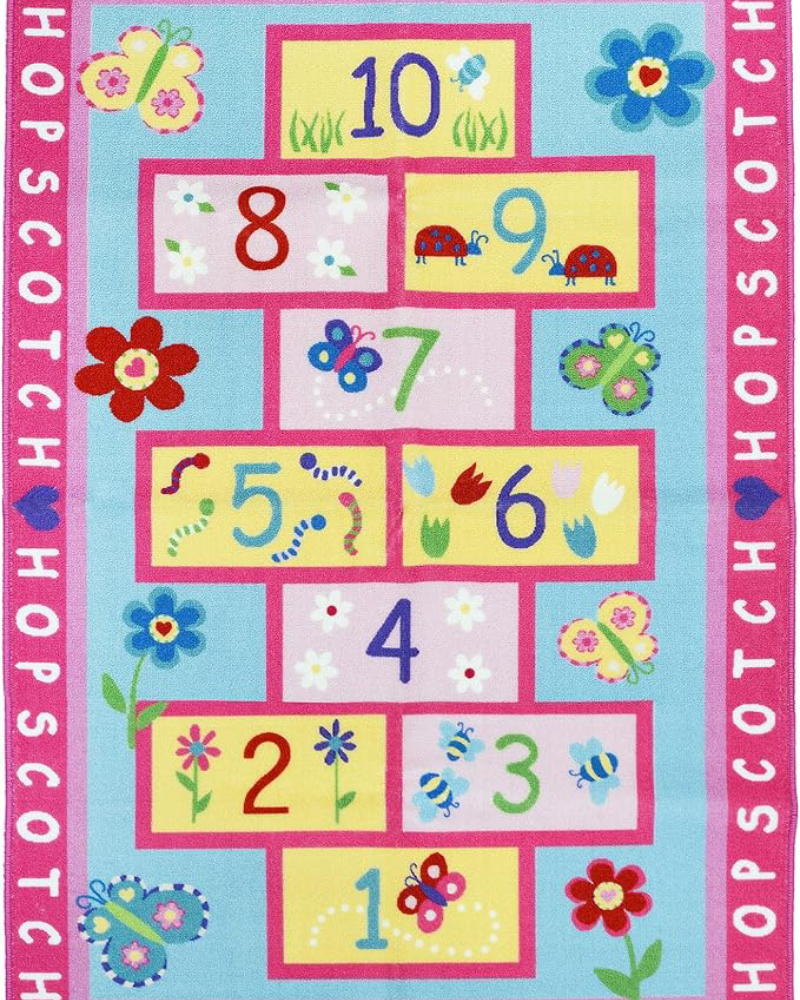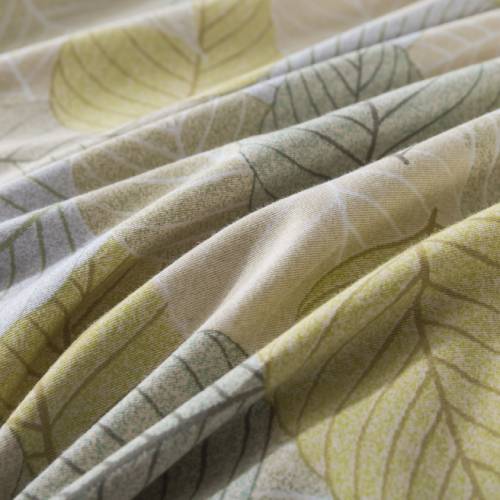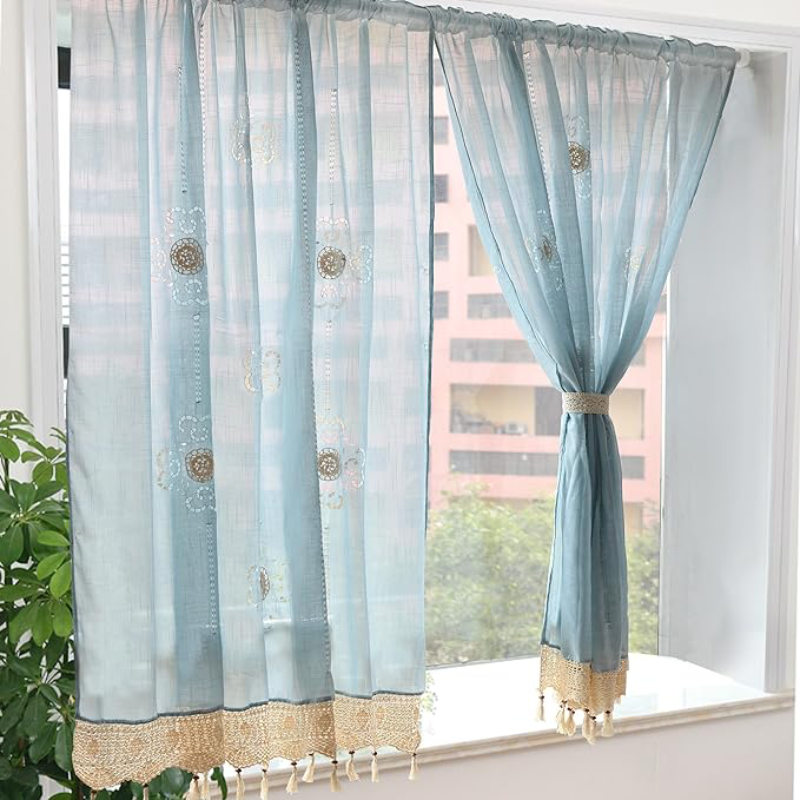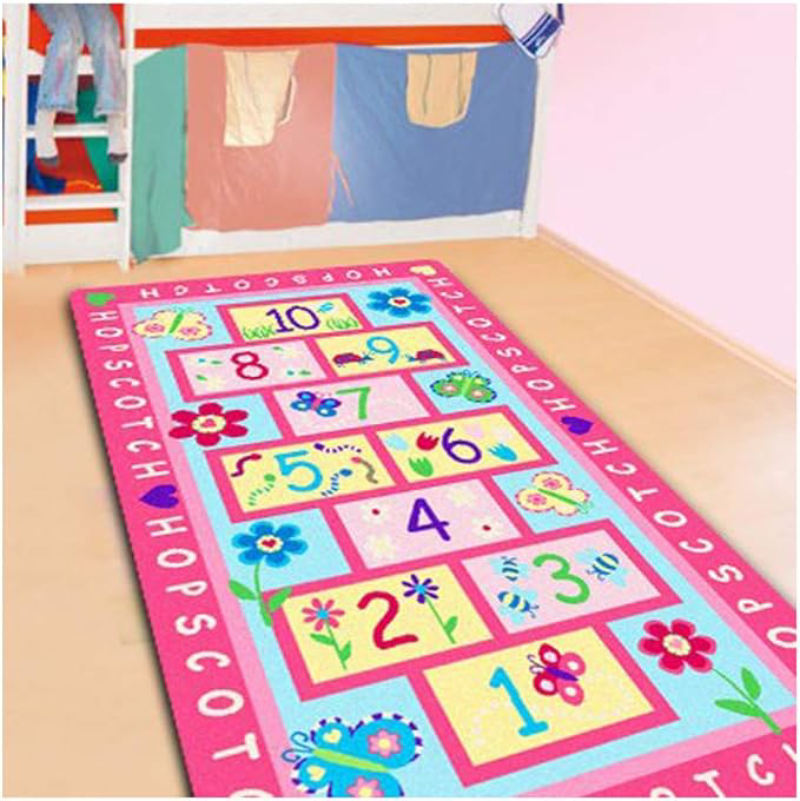Hemp and linen are both popular natural fibers used in bedding, valued for their eco-friendly properties. While both materials offer sustainability benefits, they differ in terms of production processes, cost, and performance characteristics. This article will explore and compare these two fibers, highlighting their unique advantages and differences.

What is Linen
Linen is a fabric made from the fibers of the flax plant. With a history dating back to 8,000 BCE, linen was widely used in ancient Egypt for clothing, mummification, and bed linens. It was highly prized for its breathability and smooth texture. Today, linen is still popular for summer clothing, Linen bedding, and home textiles due to its cooling properties and luxurious feel. Its production is eco-friendly, as flax requires fewer pesticides and water than other crops like cotton, making it a sustainable choice for both fashion and home goods.
What is Hemp
Hemp is a natural fiber derived from the Cannabis sativa plant, known for its strength and versatility. It has been used for over 10,000 years for making textiles, ropes, paper, and more. Ancient civilizations such as the Chinese and Egyptians utilized hemp for various products, including clothing and sails. In modern times, hemp is used in textiles, building materials (like hempcrete), paper, and health products such as CBD oil and hemp seeds. Its eco-friendly properties, like requiring less water and pesticides compared to cotton, have made it a sustainable alternative in various industries.
Why Hemp and Linen are Both Considered Environmentally Friendly
The textile industry is one of the most polluting sectors globally, which highlights the need for more environmentally friendly and sustainable materials.
In recent years, industrial hemp fiber has gained attention as a potential alternative to cotton due to its environmental benefits and economic competitiveness. According to a study conducted by researchers at the University of California “ Industrial hemp fiber: A sustainable and economical alternative to cotton ” , the research compares the agricultural production costs of hemp and cotton fibers, focusing on the production process of hemp. The study takes into account four main agricultural cost factors: fertilization, seed costs, irrigation, and pest control. The findings suggest that the agricultural production cost of hemp fiber is approximately 77.63% lower than that of cotton. This is mainly because hemp yields are typically three times higher than cotton, requiring less water, land, and fertilizer, and it does not rely on pesticides.
In addition to hemp, linen is also regarded as an environmentally friendly material. Linen is made from flax, a low-input crop that requires minimal pesticides and fertilizers, reducing chemical runoff and environmental impact. It consumes significantly less water compared to cotton, mainly relying on natural rainfall. Linen plants act as carbon sinks, absorbing carbon dioxide and reducing greenhouse gas emissions. Moreover, linen is fully biodegradable, breaking down in just a few weeks, which helps reduce landfill waste. Its durability means it doesn’t need frequent replacement, lowering overall textile waste. Additionally, linen production typically involves mechanical processes, which are more energy-efficient than chemical methods, further reducing its carbon footprint. These factors, combined with its minimal waste and soil-enriching properties, make linen a sustainable choice in the textile industry.
Comparing Hemp and Linen: Cost, Durability, Softness, and Performance
Cost
Hemp is typically cheaper than linen, though linen remains a popular choice for high-quality, traditional fabrics.
While both fibers have low-input benefits, the production process for linen is more complex and requires more intricate processing, which makes it costlier. Linen fabric typically requires more labor and time for handling and weaving.
Hemp, on the other hand, has lower farming costs. It has a shorter growing cycle, higher yields, and requires less water, fertilizer, and pesticides, which makes Hemp less expensive to produce compared to linen.
While the demand for linen remains steady, its production is more limited due to the detailed processing required, which drives up its price. Industrial hemp, though gaining popularity, is still not as widely used as linen, leading to more affordable prices due to less demand and a more streamlined supply chain.
Durability and Maintenance:
When it comes to durability, both hemp and linen are renowned for their strength, but they differ in how they perform over time.
Hemp fibers are considered one of the strongest natural fibers, often more durable than cotton or linen. Hemp is highly resistant to wear, mildew, and UV damage, which makes it incredibly durable and less prone to degradation over time. In contrast, linen is strong but can be more susceptible to wrinkles and deterioration with frequent washing.
While both materials are long-lasting, hemp generally requires less maintenance to retain its strength and quality, as it can withstand rougher handling and wear without showing significant signs of damage. Linen, on the other hand, needs more careful handling and gentle laundering to maintain its structure and appearance.
Softness:
Both hemp and linen soften with use and washing. Hemp is naturally softer from the start and becomes even softer more quickly. Linen, on the other hand, may feel rough initially but softens over time with repeated use and washing.
Moisture-wicking and Breathability:
Both hemp and linen excel in moisture-wicking and breathability. Hemp naturally absorbs moisture and dries quickly, while linen offers excellent airflow, keeping the body cool and comfortable in warm conditions.
Hemp and Linen in Bedding
Hemp and linen are increasingly being used in the bedding industry as consumers and manufacturers prioritize sustainability. Both fibers are seen as environmentally friendly alternatives to conventional materials like cotton, with growing demand driven by eco-conscious consumers. Hemp, while still less common, is gaining traction due to its fast-growing popularity and potential for mass production. Linen, with its long history and established market presence, continues to be a sought-after option for high-quality, natural bedding. Together, hemp and linen represent a shift toward more responsible textile production, offering a modern, sustainable choice for bedding products.
For those seeking luxury and comfort, FADFAY bedding features Egyptian cotton with a 600 thread count for a soft, premium feel. Oeko-Tex® certified for safety and environmental standards, these elegant sets also include a Hidden Zipper Closure, offering both style and functionality.
